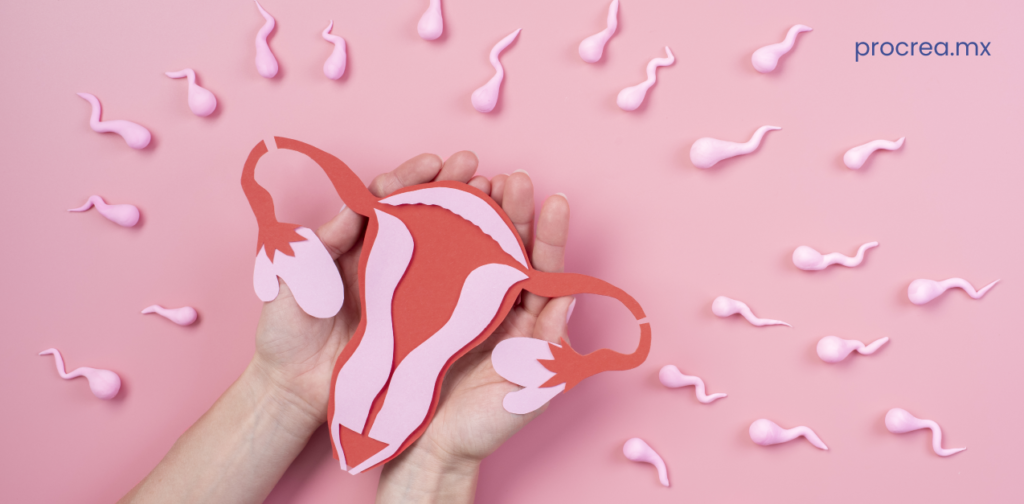Around 15% of women who undergo Bilateral Tubal Occlusion (BTO) consider undergoing a reversible tubal ligation operation to achieve pregnancy. However, it is not always possible to reverse it, as it depends on how the tubal ligation was performed. Therefore, for the operation to be successful, it is necessary to preserve a portion of the fallopian tubes for reconnection.
What is it?
The reversible tubal ligation operation is a microsurgical procedure to restore the anatomy of the fallopian tubes. Its goal is to reconnect the cut ends and allow eggs and sperm to travel through them. It is worth noting that it is a very delicate surgery, as the fallopian tubes have a diameter of less than one millimeter.
It should be taken into account that it is a complex intervention with highly variable success rates. Some factors can be considered as risks, for example the possibility of causing injury to nearby organs and tissues due to surgical instruments. It is also possible that even if the tubes are successfully reconnected, the woman may not be able to become pregnant. Another risk is an increased probability of an ectopic pregnancy, where the baby implants outside the uterus.
Can I get pregnant if I undergo a reversible tubal ligation operation?
After undergoing tubal ligation, it is common for the question of whether a new pregnancy is possible to arise. The probability will depend on factors such as age, the presence of scar tissue in the pelvis, the method used during ligation, or the length of the tubes, which should be at least 4 cm. The success rate can range from 10% to 50% depending on the condition of the tube, as it needs to be open and free of adhesions.
There are no pre-surgery studies that give an idea of what the outcome of the reversal will be. After the intervention, a contrast medium is introduced to dye the tubes so that it can be observed if the dye flows through the ducts and remains open. However, the observation of this does not necessarily mean that pregnancy can be achieved.
The Best Option
Despite BTO being known as a permanent contraceptive method, it is not an obstacle to becoming a mother again. The best option is In Vitro Fertilization (IVF). This assisted reproductive method is an alternative for women who wish to conceive after tubal ligation. It allows for pregnancy without the need for any surgical procedures, regardless of how the ligation was performed or how much time has passed. As the union of the egg and sperm occurs in the laboratory, the fallopian tube is not necessary.
This procedure is an excellent alternative for those who want to have a biological child, and it has a high success rate ranging from 80% to 95%. For this technique, it is recommended to monitor the condition of the uterus because proper ovarian function and the ability to produce their own eggs are required.
It is advisable to seek a fertility specialist who can determine the most suitable treatment based on a diagnosis. Do not hesitate to reach out to us.











